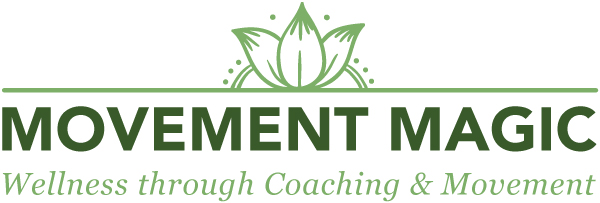As I was packing my suitcase to fly to Bordeaux with my daughter about 2 weeks ago, I could feel a sudden warning pain in my back. I was rushing, because everything had been so last minute (and I’d impulsively decided to cycle down to the lake of Zürich and have a quick swim! Not the best planning!) I was bending forward over my suitcase in an awkward position. I have had back injuries before, one that kept me flat on my back for 10 days, so when this happened, there was an immediate fear response, and a sense of wanting to remain rigid. This is normal, but not always helpful. It can cause more tension. Our mind-body system, because of our histories, tries to protect us. The pain can be an appropriate warning that that particular movement is unhealthy for our particular spine. But sometimes, especially if it is ongoing, this protective mechanism makes it worse, as the tension created in the muscles through fear can prevent the spine from moving in a healthy way. This can weaken the surrounding muscles.
Our spines need to move. “Motion is lotion” is the phrase my physiotherapist daughter uses, in other words, a healthy spine needs lubrication of multiple joints, and that lubrication is provided by movement. Your spine provides structure, joining the three body weights of the pelvis, chest and head, and mobility. It also houses your spinal cord, with its central nervous system. If you lose the health of your spine, it affects your whole body, so it’s really important to pay attention to it. If your spine is healthy, movement is fluid and easeful. I’m sure most of you have experienced these contrasts. The muscles around the spine need to be strong, in order to support this vital structure.
How should you move the spine?
It’s really important first of all to cultivate awareness of how you are moving the spine, and how you are aligning the three major body weights: the pelvis, chest and head. Stacking them on top of one another when we are upright or moving forward is the best way to move with grace and ease. Your spine allows you to bend forwards and backwards, and to spiral to the sides. The spine is snake-like in structure, and it’s very healthy to undulate the spine, using our Nia move “Spinal Undulation”, which moves all the tiny joints. We also have the delicious Spinal Roll in Nia, which in its two versions provides both mobility and strength for the muscles around the spine. Pelvic Circles, Hip Bumps, Chest Isolations, and Head and Eye movements, are all Nia moves that take care of the mobility and stability of your spine. Use the eyes when you spiral or rotate, to guide the head, chest and pelvis in a safe way. The Nia 5 developmental stages (Embryonic, Creeping, Crawling, Standing and Walking) which we use often in our Floorplay, are marvellous medicine for your spine. They are the perfect daily practice for spinal health.
The Voices of the Spine
Debbie Rosas, co-founder of The Nia Technique, writes these wonderful “Voices of the Body”, and below is her Voice of the Spine:
“To the physical part of you, I am the internal structure that separates and allows movement. Long and flexible, I remind you to move from within like a snake. Larger at the bottom, I remind you that a strong base provides you with freedom and security. Feel my length, my snake-like energy running through you from top to bottom. My edges lie close, next to your organs. My spiny protrusions, like thorns on a rosebush, extend from your back into spaces behind you. My energy centres, along your back, cascade your energy down into the Earth. Your bones at the sides of this central energy cascade reach up and out into space like wings. Dance with me and unleash the potential I offer to you in these 26 soul bones. “
Unfurl your precious spine, and keep it moving!

